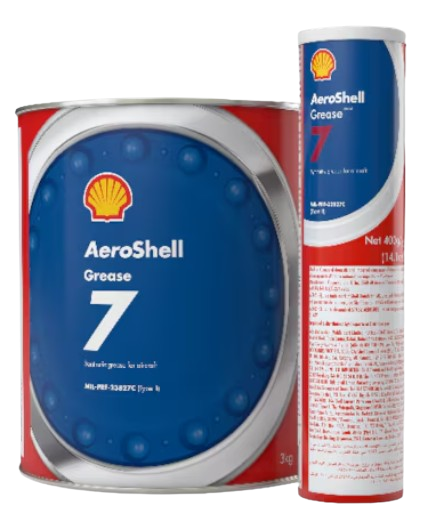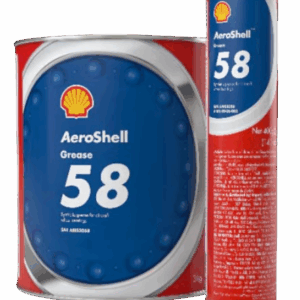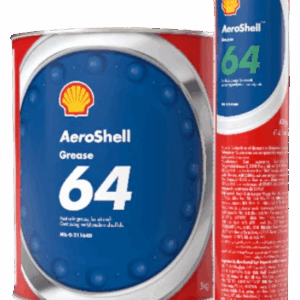AeroShell Grease 7
Protect your aviation components with AeroShell Grease 7, offering high load capacity, corrosion and oxidation resistance, and a wide operating temperature range of -73°C to +121°C.

Features and benefits
Multi-purpose airframe grease
Excellent low-temperature performance
Corrosion & oxidation protection
High load-carrying capacity
Water washout resistance
Specifications & approvals
| Country / OEM |
Specification |
|---|---|
| United States | MIL-PRF-23827C (Type II) |
| COMAC | QPL-CMS-OL-302 |
| Rolls-Royce | OMat401A |
The TDS and MSDS are in English, but you can find these documents for other countries in the Shell EPC area
.
Applications
AeroShell Grease 7 satisfies nearly all the airframe grease requirements of turbine engine aircraft and those of piston engine aircraft provided that seal incompatibility does not occur. Most civil aircraft manufacturers approve AeroShell Grease 7 as a general-purpose synthetic grease either by brand name or by specification.
It is recommended for lubricating highly loaded gears, actuator screw mechanisms, etc., also for instrument and general airframe lubrication within the temperature range of –73°C to +121°C.
Health, Safety and Environment
Health and Safety
- This product is unlikely to present any significant health or safety hazard when properly used in the recommended application and good standards of personal hygiene are maintained.
- Avoid contact with skin. Use impervious gloves with used oil. After skin contact, wash immediately with soap and water.
- Guidance on Health and Safety is available on the appropriate Safety Data Sheet, which can be obtained from https://www.epc.shell.com
Protect the Environment
- Take used lubricant to an authorised collection point. Do not discharge into drains, soil or water.
Additional information
Advice
- Advice on applications not covered here may be obtained from your Shell representative.
Get in touch with us
We’re here to assist you with any inquiries or support you may need
Typical Physical Characteristics
| Properties | Method | MIL-PRF-23827C Type II | Typical |
|---|---|---|---|
| Oil type | – | Synthetic | Synthetic ester |
| Thickener type | – | Clay | Clay |
| Colour | – | – | Beige |
| Base Oil Viscosity @40°C mm²/s | ASTM D445 | – | 11.2 |
| Useful operating temperature range °C | – | – | -73 to +121 |
| Drop point °C | ASTM D2265 | 165 min | Min 300 |
| Worked penetration @25°C | ASTM D217 | 270 to 310 | 285 |
| Penetration unworked @25°C | ASTM D217 | 200 min | 282 |
| Worked Stability 100,000 strokes, 0.1mm | FED-STD-791-313 | 270 – 375 | 289 |
| Oxidation Stability 100h @ 99°C, kPa | ASTM D942 | 70.00 max | 17 |
| Oil separation 30 hrs @100°C %m | ASTM D6184 | 5 max | 2.5 |
| Water Washout @38°C %m | ASTM D1264 | 20 max | 6 |
| Evaporation Loss 22h @ 100°C, %m | ASTM D2595 | 2 max | 1.3 |
| Four Ball EP Load Wear Index kgf | ASTM D2596 | 30 min | 40 |
| Low Temperature Torque – @-73°C Nm Start | ASTM D1478 | 1.00 max | 0.23 |
| Low Temperature Torque – @-73°C Nm Run | ASTM D1478 | 0.10 max | 0.03 |
| Copper Corrosion 24h @ 100°C | ASTM D4048 | 1b max | Passes |
| Particle Count part/ml | FED-STD-791 M.3005 | Must pass | Passes |
| Rust Prevention 52°C, 48h | ASTM D1743 | Must pass | Passes |



